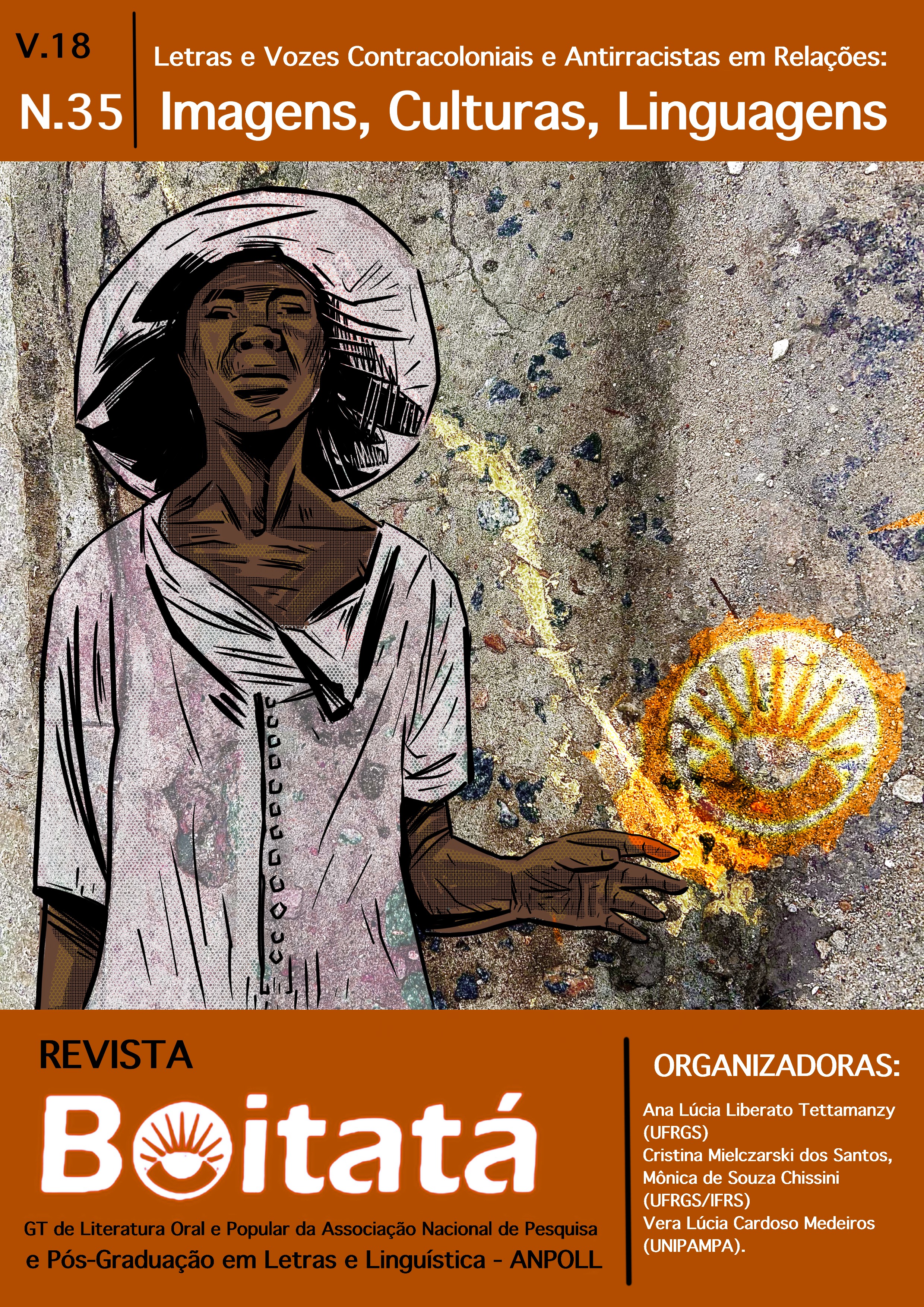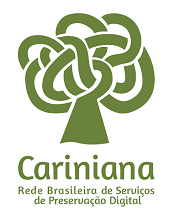I sing, therefore I am
reflection on a Tikmû'ûn song in a Porto Alegre cinema
DOI:
https://doi.org/10.5433/boitata.2023v18.e48905Keywords:
song, learning, teaching, cinemaAbstract
This essay investigates, based on an encounter with a filmmaker from the Tikmu'un people, also known as Maxakali, the boundaries between meaning, its translation and communication in situations where different cosmologies are placed side by side. From a song, it is thought how explanations, learning and teaching can be done in different ways in the cosmology of the Tikmu'un people and how these ways clash with the ways of teaching of non-indigenous people. Thus, in face of the rational, metaphorical and explanatory discourse of the meaning proper to non-indigenous cosmology, the indigenous teaching emerges in a kind of sonorocentrism, a pedagogy and an existence based on song and spirit.
Downloads
References
BICALHO, C. A. P. A imagem na arte verbal Maxakali: aspectos de uma poética de pajelança. Galáxia, São Paulo, n. 39, p. 88-109, set. 2018. Disponível em: https://www.scielo.br/j/gal/a/BMvP9mzWxHfPxPfYL4FPC9m/?lang=pt. Acesso em: 8 de
setembro de 2023.
BICALHO, C. A. P. Ideograma e pensamento selvagem: a arte e a ciência do Yãmîy Maxakali. Revista Gragoatá, Niterói, v. 12, n. 23, p. 168-187, 2007a. Disponível em: https://periodicos.uff.br/gragoata/article/view/33184. Acesso em 08 de setembro de 2023.
BICALHO, C. A. P. O "cinema" cantado dos Maxakali. PÓS: Revista do Programa de Pós-graduação em Artes da EBA/UFMG, Belo Horizonte, v. 9, n. 18, nov. 2019. Disponível em https://eba.ufmg.br/revistapos. Acesso em: 8 de setembro de 2023.
BICALHO, C. A. P. Yãmîy maxakali: um gênero nativo de poesia. Scripta, Belo Horizonte, v. 11, n. 21, p. 119-132, 2007b. Disponível em: https://periodicos.ufmg.br/index.php/aletria/article/view/18176. Acesso em: 8 setembro 2023.
KAFKA, F. Josefina, a cantora ou o povo dos camundongos. In: KAFKA, F. Um artista da fome e a construção. São Paulo: Brasiliense, 1994. p. 37-59
MAXAKALI. Hitupmã'ax: curar. Belo Horizonte: Faculdade de Letras da UFMG, 2008.
POPOVICH, A. H. Maxakali supernaturalism. Bertópolis: Summer Institute of Linguistics, 1976.
TUGNY, R. Reverberações entre cantos e corpos na escrita Tikmû'ûn. Revista Transcultural de Música, Barcelona, n. 15, 2011. Disponível em: https://www.sibetrans.com/trans/public/docs/trans_15_18_Pereira.pdf. Acesso em: 8 set. 2023.
Downloads
Published
How to Cite
Issue
Section
License
Copyright (c) 2024 Eduardo Schaan

This work is licensed under a Creative Commons Attribution 4.0 International License.
Boitatá esta licenciada com CC BY sob essa licença é possível: Compartilhar - copiar e redistribuir o material em qualquer suporte ou formato. Adaptar - remixar, transformar, e criar a partir do material, atribuindo o devido crédito e prover um link para a licença e indicar se mudanças foram feitas.






















